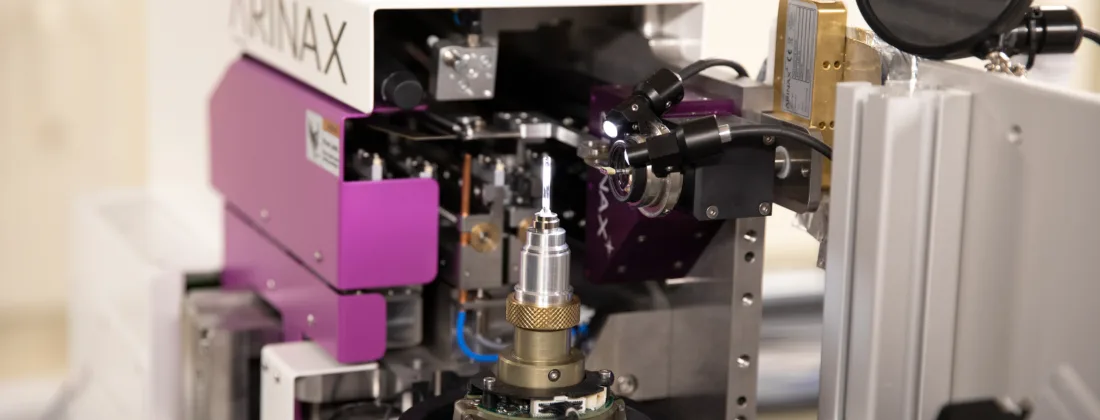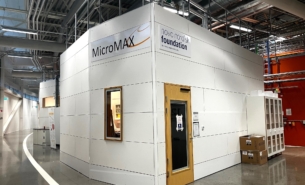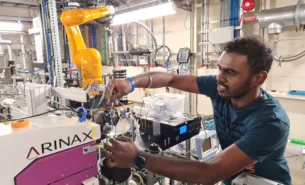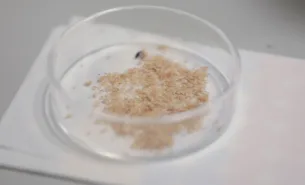The team at the Novo Nordisk Foundation funded life science beamline MicroMAX welcomed the first users in December 2023. In the experiment the users investigated an enzyme that may be found in some bacteria of human gut microbiota and may have a role in the development of diabetes and other diseases.
An enzyme called urocanate reductase may be present in the bacteria that are found in the human gut. The enzyme breaks down urocanic acid, a natural constituent of skin and other tissues of the body, into the metabolite imidazole propionate. The metabolite has been linked to diabetes and other diseases.
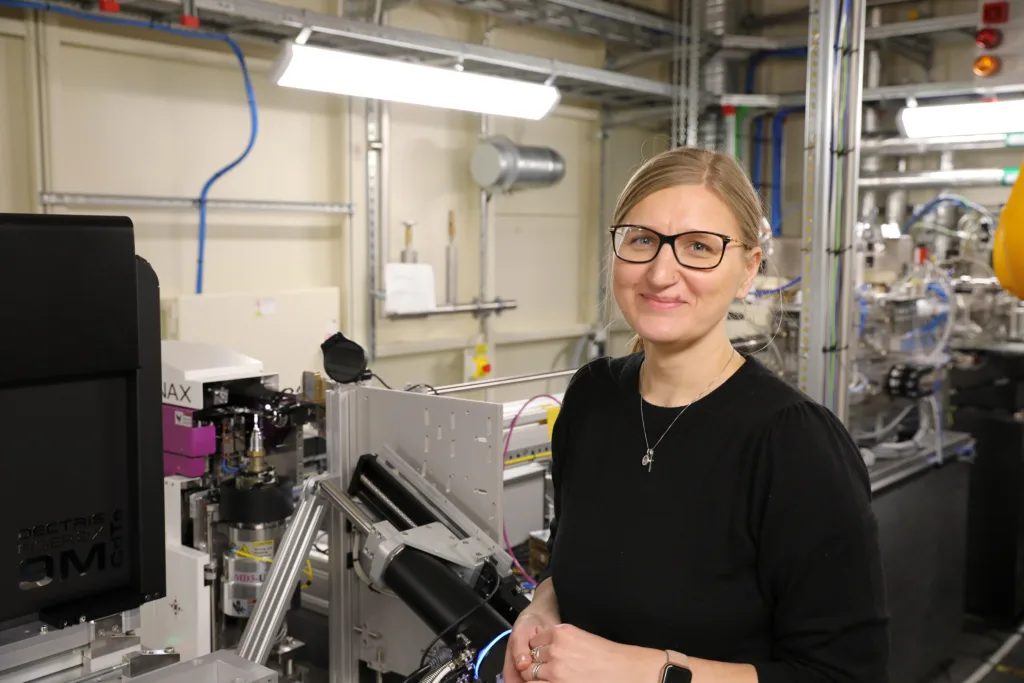
The user team from Lund University used MicroMAX to investigate the molecular structure of the enzyme.
“A possible therapeutic strategy is to inhibit the enzyme and prevent the imidazole propionate production. The high-resolution atomic structure is needed to design inhibitor molecules that could occupy the active site of the enzyme,” says Raminta Venskutonyte, one of the researchers who conducted the study.
The experiment was conducted using X-ray diffraction at room temperature on a crystal prepared from a purified enzyme. One of the features of MicroMAX is that the experimental setup can handle even small amounts of samples, so-called microcrystals. It is important as it lets the researchers study samples that cannot be made to form large crystals and extend investigations into new areas.
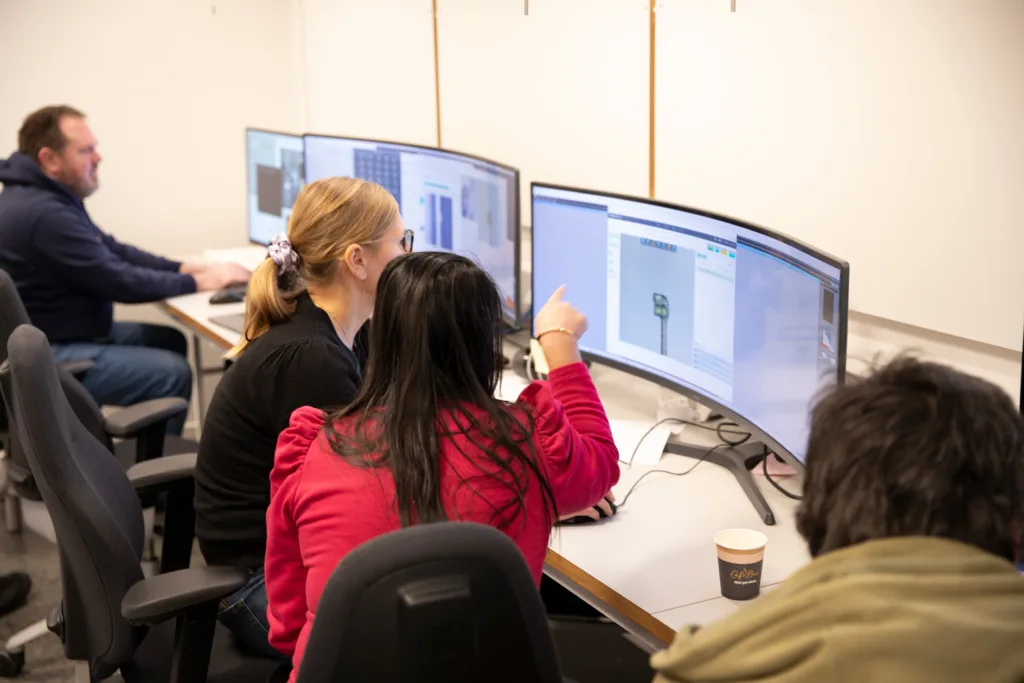
“We aim to carry out time-resolved studies using microcrystals of urocanate reductase to further clarify its enzymatic mechanism. We are also looking forward to using MicroMAX in other projects involving medically interesting proteins, which only yield microcrystals,” concludes Raminta Venskutonyte.
About the capabilities of MicroMAX
MicroMAX will be offering new possibilities for studying dynamics by time-resolved crystallography using microcrystals with methods referred to as “serial crystallography”. The beamline will be offering higher flux and smaller focus than the existing BioMAX beamline. It will provide X-ray pulses of down to microsecond length and new experiment setup functionality such as both an integrating and a photon-counting detector, a nanosecond laser for reaction triggering, an offline spectroscopy setup and various sample delivery methods. After this initial user experiment, the user program is starting in Spring 2024 offering both sample changer assisted rotational crystallography and experiments such as time-resolved serial crystallography.
The beamline construction and operation are funded by the Novo Nordisk Foundation novonordiskfonden.dk
